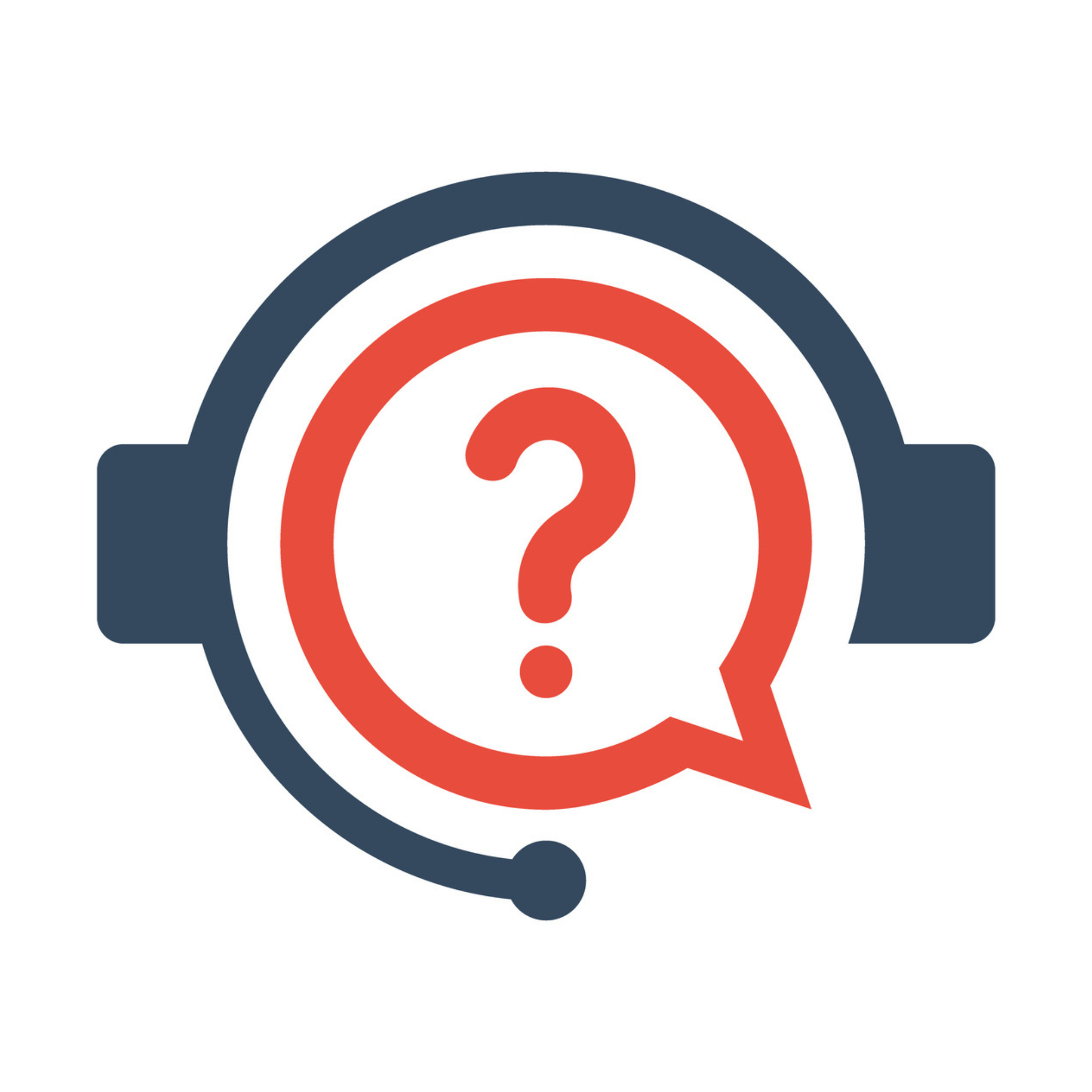How to Identify Your Strengths and Weaknesses at Work
How to Identify Your Strengths and Weaknesses at Work
Whether you are interviewing for a new job or hoping to progress in your current role, it is important to know your strengths and weaknesses at work. If you are a job seeker, having an understanding of the ways you can contribute to an organization as well as knowing the areas in which you can improve can help you answer common interview questions thoughtfully. Similarly, if you are content in your current role, but have goals for professional development, knowing your strengths and weaknesses can also be beneficial in your career progression.
How do you identify your specific strengths and weaknesses at work? Below, we’ve detailed some ways to understand what areas you succeed in and what areas you could use a little more work to develop.
Assess All Aspects of Your Situation
It can be difficult to think of your strengths and weaknesses off of the top of your head. That is because strengths and weaknesses can vary based on context and situation, even when it relates to your career. Research has shown that strengths and weaknesses can be dependent on a combination of our values, interests, goals, and situational factors. If your goal is to move up within an organization, your strengths and weaknesses in that context may be completely different than if you were looking for a new role. Whatever the situation, you want to carefully consider both your current position and where you want to be in the future. Ask yourself questions like “what have others complimented me about?” or “what tasks during the day do I enjoy?” Setting aside time for self-reflection will allow you have better framework for identifying accurate and effective strengths and weaknesses.
Ask Others
After you’ve done self-reflection, a good way to get ideas of your strengths and weaknesses is to ask trusted colleagues to give their opinion. You can utilize opinions from a manager, mentor as well as those that you work with either directly or indirectly. Having opinions from a variety of individuals can help you identify areas you may not have thought about otherwise. Look at their responses for patterns or themes and take note of anything that may stand out. While these opinions are useful when identifying your strengths and weaknesses, they shouldn’t be taken personally and should be taken with a grain of salt. Someone who you’ve worked with in a variety of situations may have a more valuable answer than someone you’ve only worked with a few times.
Utilize Self-Assessment Tools
A good way to get unbiased feedback on your strengths and weaknesses is to utilize self-assessments. There are many free or inexpensive tests that cover a variety of skills. For example, emotional and behavioral tests are available to assess your interpersonal skills, decision making ability, collaboration style and other traits. Some of these tests include the Leadership Circle Profile, DiSC assessments, EQ-I 2.0 Emotional Intelligence Assessment, and others. Additionally, you can test your hard skills by taking skill-based assessments that test your knowledge, application and expertise of a specific topic. For example, if you are a developer, you could take online courses on a coding language to see how you’d score against others. Whatever the case, these tests present an opportunity for you to identify new strengths and weaknesses as well as test your existing ideas.
Write it Down
Once you’ve had time for self-reflection, consulted others and utilized self-assessments, you likely have a good idea on areas of strength and weakness. After going through these exercises, it is important to then write these down to come back to in the future. How you write down your strengths and weaknesses is important. You may be tempted to utilize two columns, one for strengths and one for weaknesses. This is an effective method for some, but for others a continuum may be more efficient. For example, utilizing a rating scale for how you’d rank yourself in specific areas may be easier to track progress overtime. Others may write down strengths and weaknesses and include specific examples. Either way, by writing down your strengths and weaknesses, you will enable yourself to reference, update and re-assess yourself in these areas in the future.
Capitalize on Your Strengths and Weaknesses
Once you spent the time to analyze, research and record your strengths and weaknesses, you’ll want to capitalize on them. First, consider discussing your findings with your manager. You’ll want to find ways to improve your weaknesses and discuss how the organization can support your development. This could be taking a professional development course, getting involved in different projects or connecting with a new professional mentor. Additionally, consider capitalizing on your strengths as well. Research has shown that people who regularly use their strengths are more engaged at work. Utilizing your strengths in the workplace can make you a more effective employee and improve overall satisfaction at work.
If your current role or company does not have opportunities to capitalize on your strengths and weaknesses, it may be time to think about looking for a new job. Having an idea of what you are and aren’t looking for in a new role can help you find a new position that capitalizes on your strengths and enables you to improve your weaknesses.
Make sure to continually circle back to your strengths and weaknesses. As you grow in your professional career, having an idea of these will not only help guide your career trajectory, but also likely make you a more well-rounded and engaged employee overall.
—
Need help building out a team of talented individuals? Contact us today to learn more about our workforce solutions. Looking for something new? Check out our current jobs!






